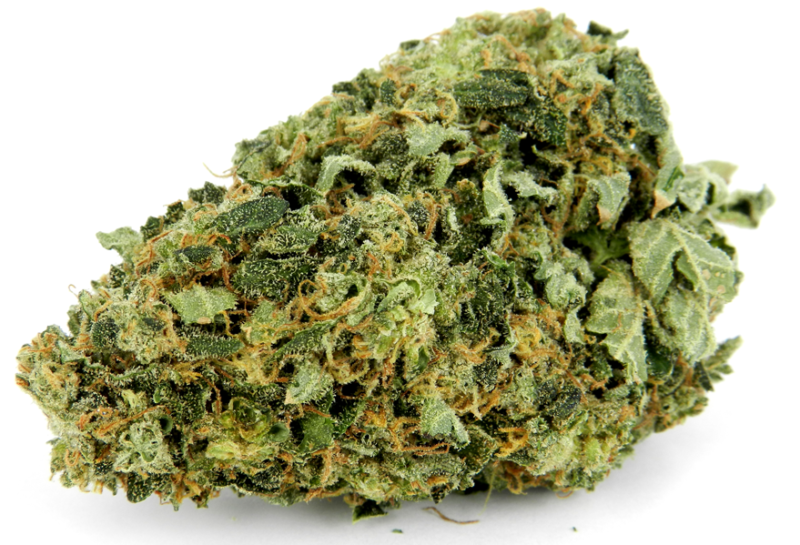Hindu Kush
$175.00 – $850.00
THC: 22.39% | CBD: 0.50% | CBG: 0.32% | CBC: 0.19% Looking for some “Kushy” relaxation – this is your flower. Skunky pine fills the senses upon inhale and lovers of this strain report muscle tension, digestion issues, and sleeplessness to be a thing of the past.
Hindu Kush is an indica landrace strain named after the mountain range in Central Asia where it originates. Seeds of Hindu Kush and other landrace strains from the area made their way back to the United States from travelers on the “hippie trail” in the 1960s and 70s, and over the years these seeds were crossed with all types of other strains.
While the origin of the name “Kush” is disputed, over the years it has become synonymous with marijuana and stoner culture. Today there are dozens of kush strains available, including the wildly popular and iconic OG Kush, as well as other big names like Afghan Kush and Platinum Kush.
Hindu Kush is a hardy strain that reflects the rough and tumble region where it originated. It is highly resistant to the elements and grows short with large, dense flowers that are covered in crystals.
The strain is known for having an earthy, sweet aroma, that many users compare to hash. According to the chemical profile we identified, the most abundant terpenes in Hindu Kush are beta caryophyllene, limonene, myrcene and humulene, which should give it a spicy, citrus, floral or earthy aroma (or a mixture of these).
Cannabis varieties like Hindu Kush are often referred to as strains or cultivars, but in fact the most accurate term would be “chemovars.” Strain refers to bacteria and viruses , and cultivars is an abbreviation of “cultivated variety,” one that has been intentionally created or selected and maintained by cultivation.
But it’s virtually impossible to identify a cultivar’s effect (uplifting, sedating, etc) judging by botanical traits such as height, shape and color. A chemovar is a “chemical variety,” defined by its chemical profile. In short, this term uses levels of chemical markers such as cannabinoids and terpenes, to distinguish one cultivar from another.
| Quantity | 1 oz, 1/2 ounce, 1 ounce, 1/8 Pound, 1/4 Pound, 1/2 Pound |
|---|
Be the first to review “Hindu Kush” Cancel reply
Related products
Indica
Indica
Indica
Indica
Indica
Indica
Indica
Indica











Reviews
There are no reviews yet.